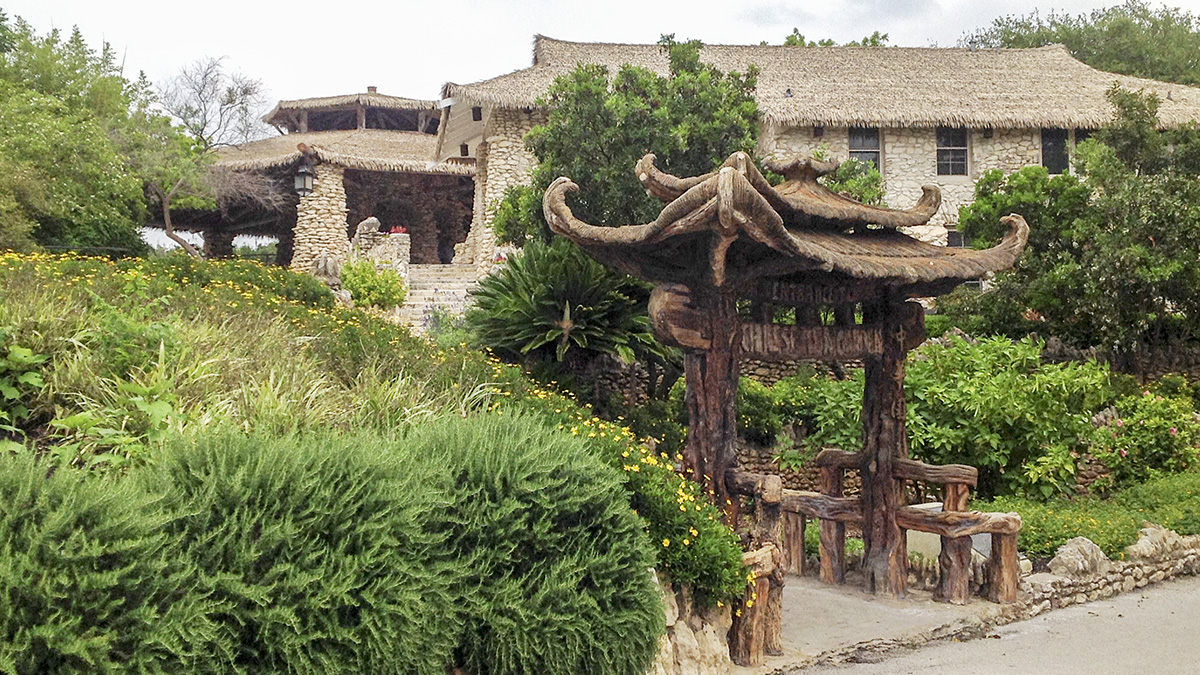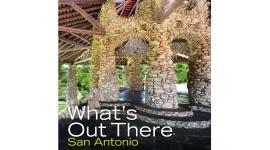Landscape Information
Designed by Park Commissioner Ray Lambert in 1917, the garden was originally the site of a limestone quarry operated by the Alamo Roman and Portland Cement Company from 1880 to 1908. The quarry sat abandoned until 1915 when Lambert transformed the space into a “lily pond.” Commencing in 1917, the commissioner used prison labor to convert the northern end of the quarry into an ornamental landscape. In 1926 city officials invited Kimi Eizo Jingu, a local Japanese-American artist, to inhabit the garden and open a small café called the Bamboo Room. The Jingu family, residing in a one-story stone house at the site, continued to operate the garden until 1942 when they were evicted due to anti-Japanese sentiment during World War II. The landscape was known as the Chinese Sunken Garden until being rededicated as a Japanese cultural site in 1984.
The small garden is contained within an irregularly shaped area of approximately 1,200 square feet. The landscape consists of two pools carved from limestone framed by beds of tropical plants. A man-made island straddles both bodies of water and is connected to the surrounding landscape by a network of pathways and stone arch bridges. A waterfall descends from the quarry’s northernmost wall, which drops approximately 60 feet and is set back a few yards from the ponds. A Japanese-style Pagoda with a palm-leaf roof sits along the edge of the southern pool near the Jingu House and offers panoramic views. The entrance to the park features a Japanese torii gate created by artist Dioncio Rodriguez in 1942, using the technique cement faux bois. The Japanese Tea Garden underwent renovations in 2007 in which the ponds and waterways were repaired and a recirculation system was added. The garden is a contributing feature of Brackenridge Park, which was listed in the National Register of Historic Places in 2011.

















